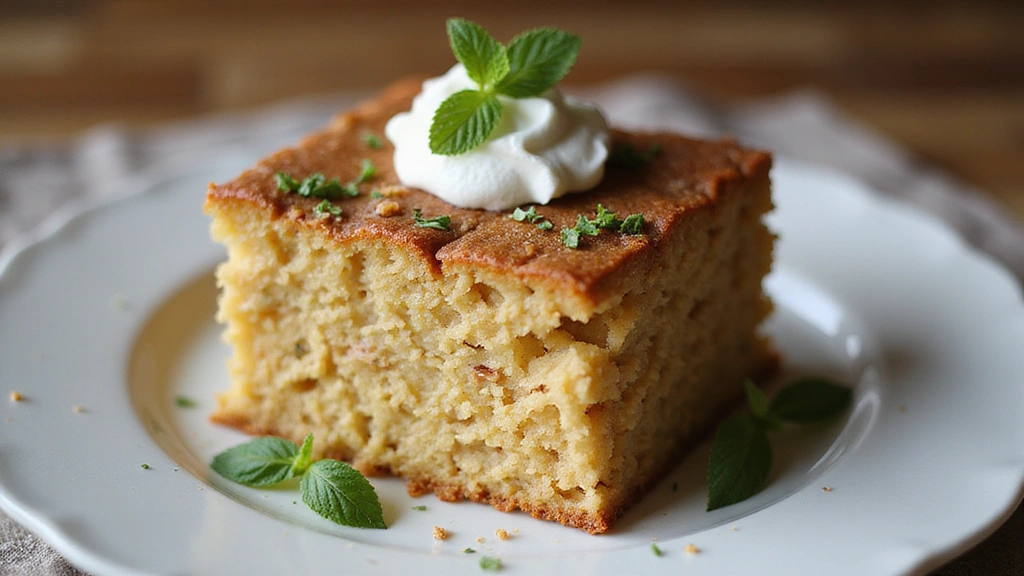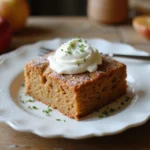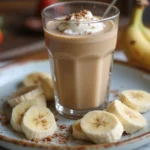This classic Coffee Cake with Sour Cream brings together the rich and comforting flavors of sweet cake and a delightful crumb topping.
The moist texture, enhanced by sour cream, makes each bite a tender experience that melts in your mouth.
I discovered this recipe while enjoying a cozy afternoon at a local café, where the aroma of freshly baked coffee cake filled the air.
Whether enjoyed at breakfast, brunch, or as an afternoon treat with coffee, this cake is sure to impress family and friends.
The History and Cultural Significance
• Coffee Cake Recipes With Sour Cream traces its origins to Europe in the 19th century, where it was originally created as a sweet treat to accompany coffee.
• The dish evolved over decades as American bakers adapted traditional European recipes, eventually incorporating sour cream for added moisture and flavor.
• In American culture, this dish traditionally appears at gatherings, brunches, and holiday celebrations, symbolizing hospitality and comfort.
• While many variations exist across different regions, the authentic version maintains a rich, buttery flavor and a tender crumb that sets it apart from imitations.
Recipe Overview
Nutritional Information (per serving)
Ingredients
Essential Equipment Guide
Mixing Bowl: A large mixing bowl is essential for combining ingredients efficiently. Look for one with a non-slip base for stability during mixing.
Whisk: A good whisk is necessary for incorporating air into the batter, which contributes to a light texture. Choose a sturdy stainless steel whisk for durability and effectiveness.
9×13-inch Baking Pan: This size is perfect for baking coffee cakes, allowing for even cooking and easy slicing. Opt for a non-stick or well-greased pan for easy removal.
Preparation Methods
Creaming Butter and Sugar: This technique involves beating softened butter and sugar together until light and fluffy. This process incorporates air, resulting in a lighter cake texture. Ensure the butter is at room temperature for best results.
Making a Crumb Topping: Combine flour, brown sugar, and cold butter to create a crumbly mixture. Use your fingers or a pastry cutter until the mixture resembles coarse crumbs. This adds a delightful crunch to the cake’s top.
Testing for Doneness: Insert a toothpick into the center of the cake; if it comes out clean or with a few crumbs, the cake is done. This method prevents overbaking, which can lead to a dry texture.
Step 1: Preheat the Oven

Begin by preheating your oven to 350°F (175°C).
This ensures that the cake bakes evenly from the start.
A properly heated oven is crucial for achieving the cake’s ideal texture and rise.
Use an oven thermometer to confirm the temperature for accuracy.
Step 2: Prepare the Baking Pan

Grease a 9×13-inch baking pan with butter or non-stick spray.
This prevents the cake from sticking and ensures easy removal after baking.
Make sure to cover all corners and edges thoroughly.
You can also line the bottom with parchment paper for an extra layer of protection.
Step 3: Mix the Dry Ingredients
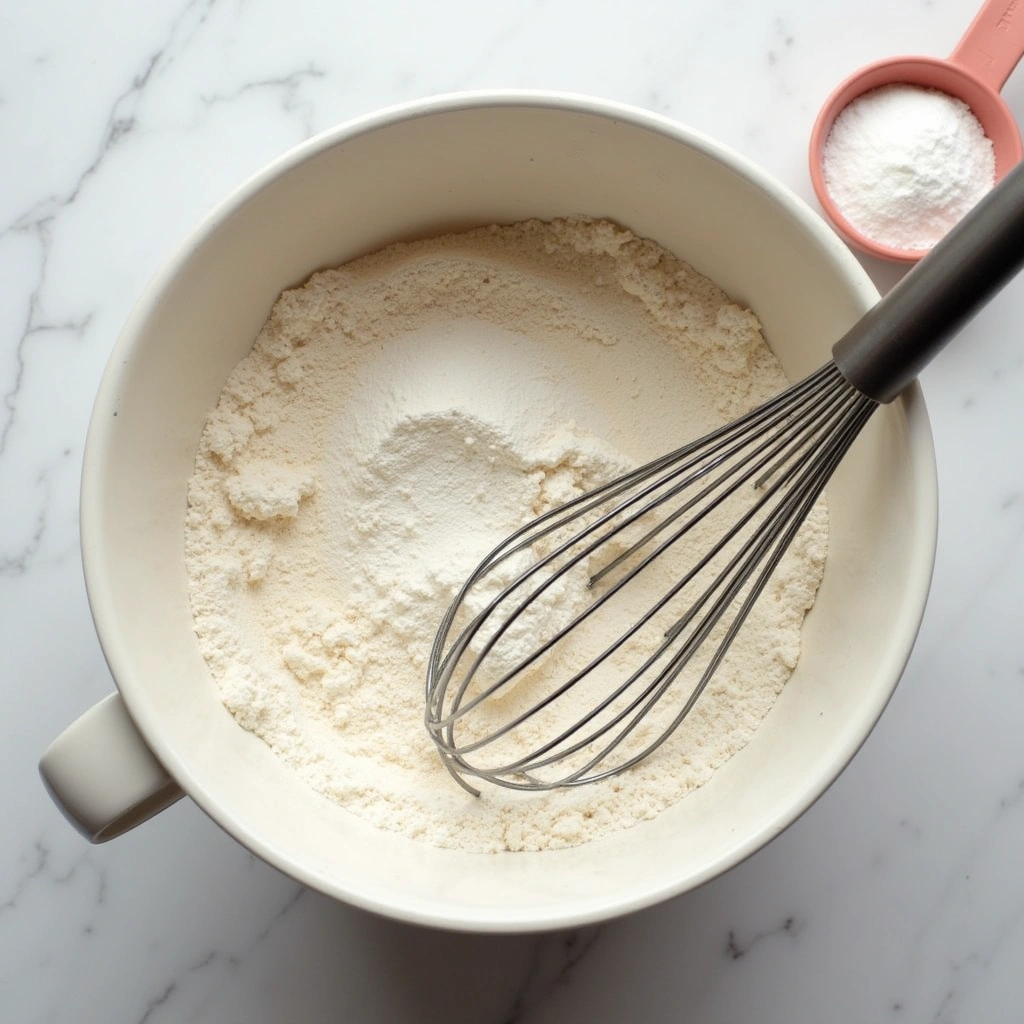
In a mixing bowl, whisk together the flour, baking powder, baking soda, and salt.
This ensures that the leavening agents are evenly distributed throughout the flour.
Take care to sift the flour if it’s packed to prevent clumping.
Set the bowl aside while you prepare the wet ingredients.
Step 4: Cream the Butter and Sugar
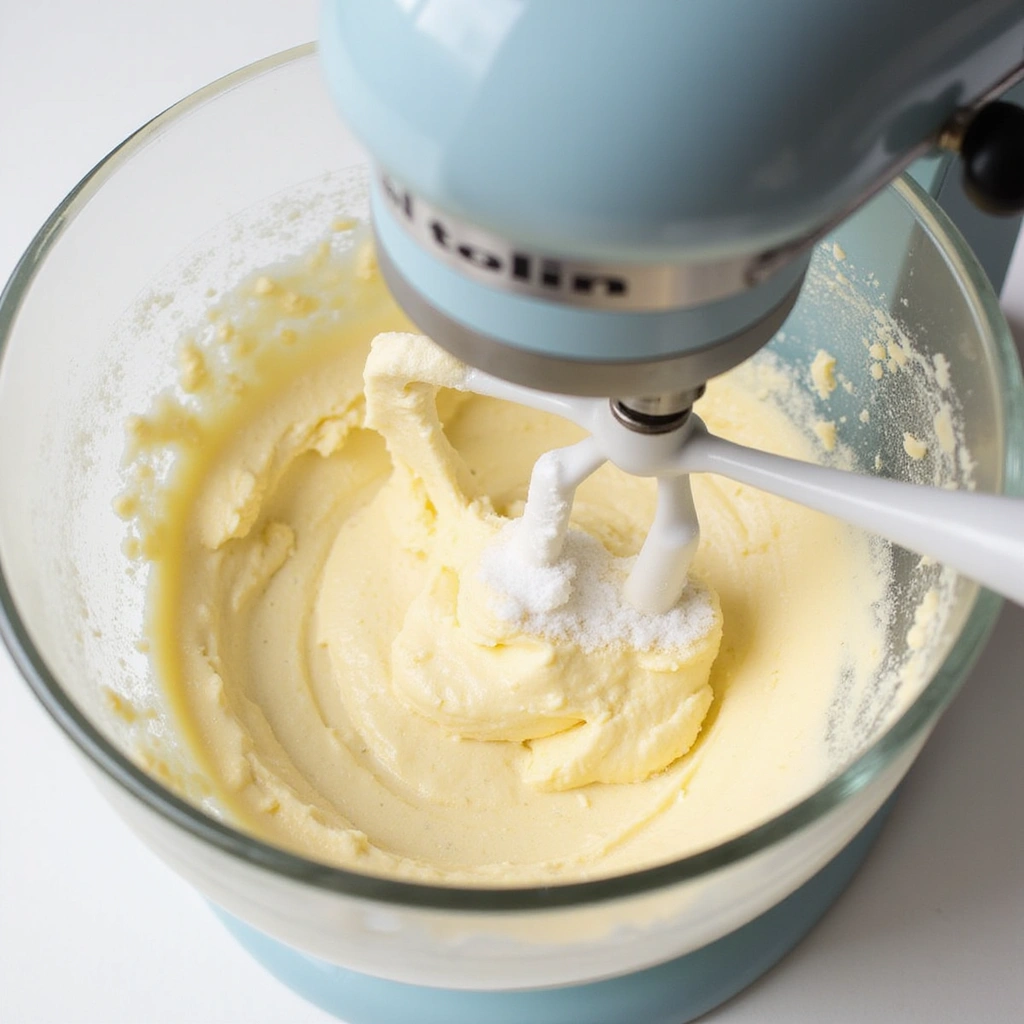
In a separate large bowl, cream the softened butter and sugar together until light and fluffy.
This process typically takes about 3-5 minutes using an electric mixer.
Look for a pale color and a fluffy texture, indicating that air has been incorporated.
Scrape down the sides of the bowl as needed to ensure even mixing.
Step 5: Add Wet Ingredients
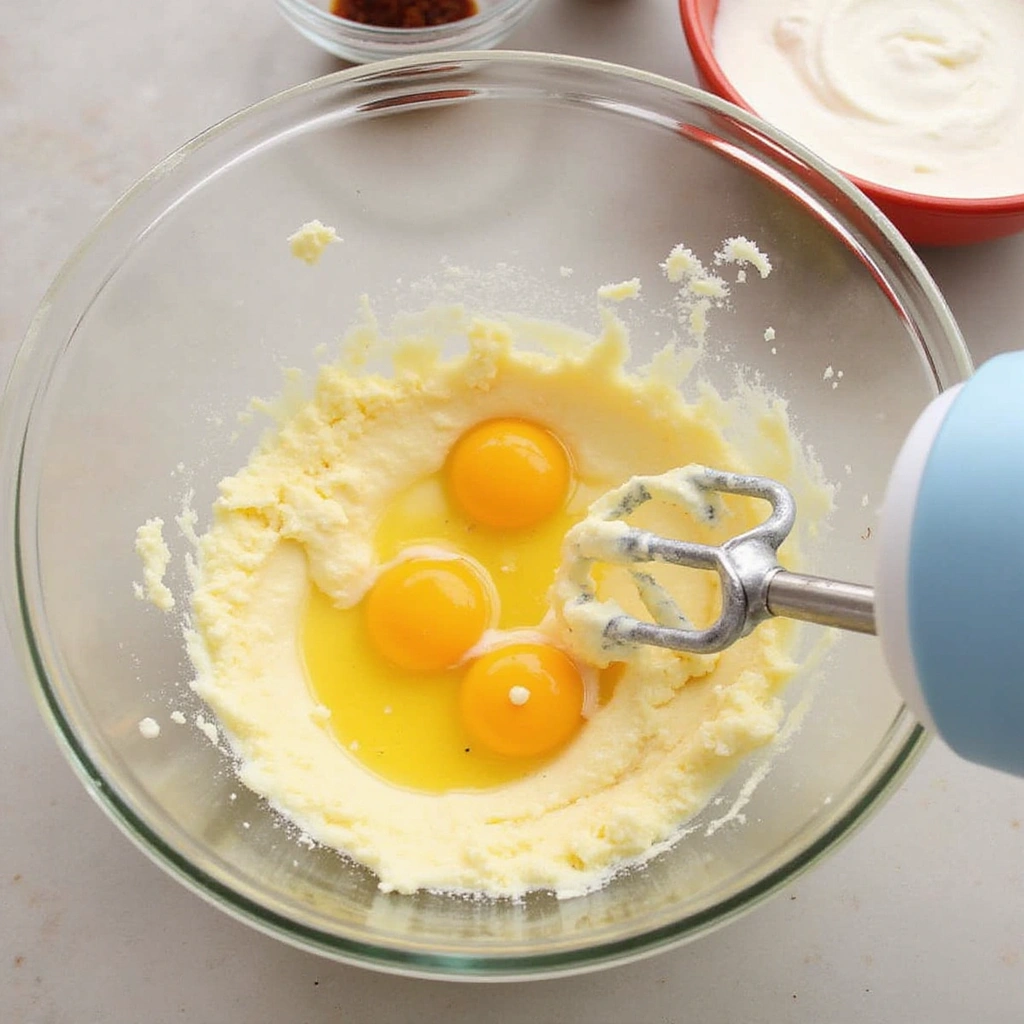
Add the sour cream and eggs to the creamed butter and sugar mixture.
Beat on medium speed until well combined and smooth.
Ensure the eggs are at room temperature to blend more easily.
The mixture should be creamy and homogeneous.
Step 6: Combine Dry and Wet Ingredients
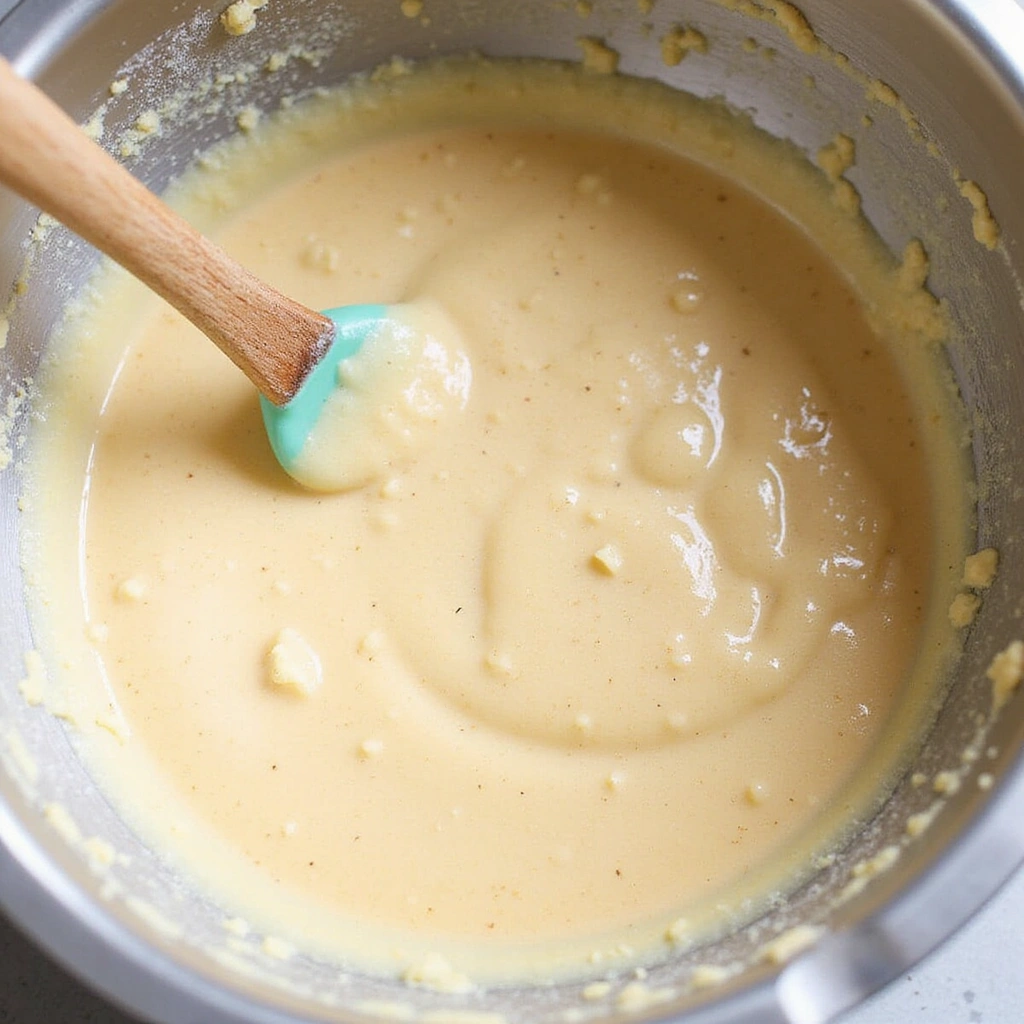
Gradually add the dry ingredients to the wet ingredients.
Mix on low speed until just combined; do not overmix to keep the cake tender.
The batter should be thick and slightly lumpy, which is perfect for coffee cake.
Use a spatula to fold in any remaining flour from the sides of the bowl.
Step 7: Prepare the Crumb Topping
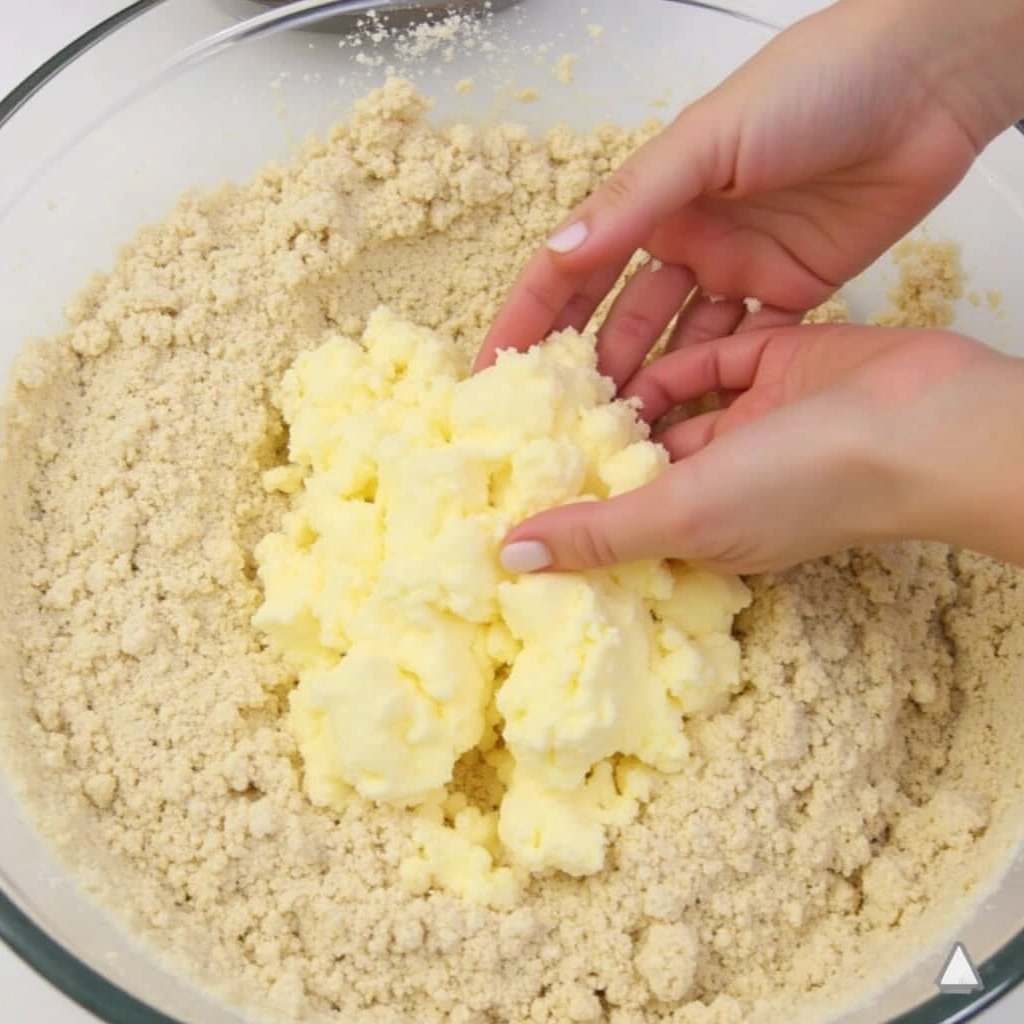
In a separate bowl, mix together the brown sugar, flour, and cold butter until crumbly.
Use your fingers or a pastry cutter to achieve a coarse, crumbly texture.
This topping will add a delightful crunch to the cake.
Set it aside until you are ready to assemble the cake.
Step 8: Assemble and Bake

Pour the batter into the prepared baking pan and spread it evenly.
Sprinkle the crumb topping generously over the batter.
Bake in the preheated oven for 35-40 minutes or until golden brown.
Check for doneness by inserting a toothpick into the center; it should come out clean.
Critical Timing and Temperature Guide
Baking Time: Bake the coffee cake for 35-40 minutes at 350°F (175°C). The cake should be golden brown, and a toothpick inserted in the center should come out clean.
Cooling Time: Allow the cake to cool in the pan for about 10 minutes before transferring it to a wire rack. This prevents sogginess on the bottom and helps maintain its shape.
Serving Temperature: This cake is best served warm or at room temperature. If reheating, do so gently to avoid drying it out.
Pro Tips for Coffee Cake Recipes With Sour Cream Moist And Flavorful
• Ingredient Selection: Use high-quality butter and fresh sour cream for the richest flavor and texture.
• Preparation Secret: Allow the eggs and sour cream to come to room temperature for better emulsification.
• Temperature Management: Ensure your oven is calibrated correctly to avoid over or under-baking.
• Texture Enhancement: Do not overmix the batter; this will help maintain a light and tender crumb.
• Flavor Layering: Consider adding a teaspoon of vanilla extract for an extra layer of flavor.
• Make-Ahead Strategies: The cake can be baked a day ahead; it stays moist when wrapped properly.
• Restaurant-Quality Finishing Touches: Dust the top with powdered sugar just before serving for a lovely presentation.
• Equipment Optimization: Use a light-colored pan to prevent over-browning the cake.
Troubleshooting Common Issues
• Texture Too Dense: This can occur if the batter is overmixed. To prevent this, mix only until ingredients are combined. If it happens, try adding a tablespoon of milk to lighten the batter.
• Crumb Topping Sinks: If the topping doesn’t stay on top, it may be too wet. Ensure the butter is cold and the mixture is crumbly before adding it to the cake.
• Cake Too Dry: Dryness can result from overbaking. Always check for doneness a few minutes before the suggested time.
• Flavor Not Balanced: If the cake tastes flat, it may need more salt or a splash of vanilla extract. Adjusting these can enhance overall flavor.
• Uneven Baking: Oven hot spots can cause uneven baking. Rotate the pan halfway through baking to ensure even cooking.
• Sticking to the Pan: If your cake sticks, make sure to grease the pan thoroughly or use parchment paper.
Variations and Regional Differences
• New England Style: This variation often incorporates nuts, such as walnuts or pecans, into the crumb topping, adding a crunchy texture and earthy flavor.
• Fruit-Enhanced Version: Adding fresh fruit like blueberries or raspberries to the batter creates a delightful burst of flavor and moisture.
• Chocolate Chip Coffee Cake: This version includes chocolate chips in the batter or topping for a rich, indulgent twist on the classic recipe.
• Modern Interpretations: Contemporary versions may use gluten-free flour or alternative sweeteners to cater to dietary needs while maintaining the dish’s essence.
Food Science Behind the Recipe
• Leavening Agents: Baking powder and baking soda create carbon dioxide bubbles when activated, helping the cake rise and develop a light texture.
• Emulsification: The process of mixing butter, sugar, and eggs creates an emulsion, which helps to incorporate air and fat for a tender crumb.
• Moisture Retention: Sour cream adds moisture and acidity, which helps to create a tender cake while also enhancing flavor.
Frequently Asked Questions
What’s the most common mistake people make when preparing coffee cake? The top mistake is overmixing the batter, which can result in a dense texture. Mix just until combined for the best results.
Can I prepare components of this dish in advance? Yes, you can mix the dry ingredients and prepare the crumb topping a day ahead. Store them separately in airtight containers in the fridge.
How do I adapt this recipe for dietary restrictions? Use gluten-free flour and a dairy-free sour cream alternative to make it gluten-free and dairy-free. Adjust the baking time as needed.
What’s the best way to store and reheat leftovers? Wrap leftovers tightly in plastic wrap and store them at room temperature for 2-3 days. Reheat slices in the microwave for 10-15 seconds for best results.
Can I freeze this dish? Yes, you can freeze the uncut cake for up to 3 months. Thaw it in the refrigerator overnight before serving.
What wine or beverages pair best with this dish? A light-bodied coffee or a sweet dessert wine, such as Moscato, pairs beautifully with coffee cake.
How can I scale this recipe up for a crowd? To serve more people, simply double the ingredients and bake in two pans or a larger pan. Adjust the baking time as needed.
What side dishes complement this recipe best? Fresh fruit salad or yogurt make excellent accompaniments, balancing the sweetness of the cake.
How do professional chefs elevate this dish for restaurant service? Chefs often add a drizzle of glaze or serve with a scoop of vanilla ice cream for a delightful dessert experience.
Serving and Presentation Guide
• Traditional Presentation: Serve the coffee cake directly from the baking pan, dusted with powdered sugar on top. This classic approach emphasizes the cake’s homemade charm.
• Modern Plating Ideas: Place a slice on a stylish dessert plate with a dollop of whipped cream or a scoop of ice cream beside it for a contemporary twist.
• Accompaniment Suggestions: Serve with a side of fresh fruit or a light drizzle of chocolate or caramel sauce to enhance flavors.
• Special Occasion Presentation: For celebrations, consider adding fresh berries or edible flowers on top for an elegant touch.
Conclusion
I hope you enjoy this delicious Coffee Cake with Sour Cream as much as I do.
It’s a perfect blend of flavors and textures that will surely delight your taste buds.
Don’t hesitate to share your baking adventures and variations with friends and family!

